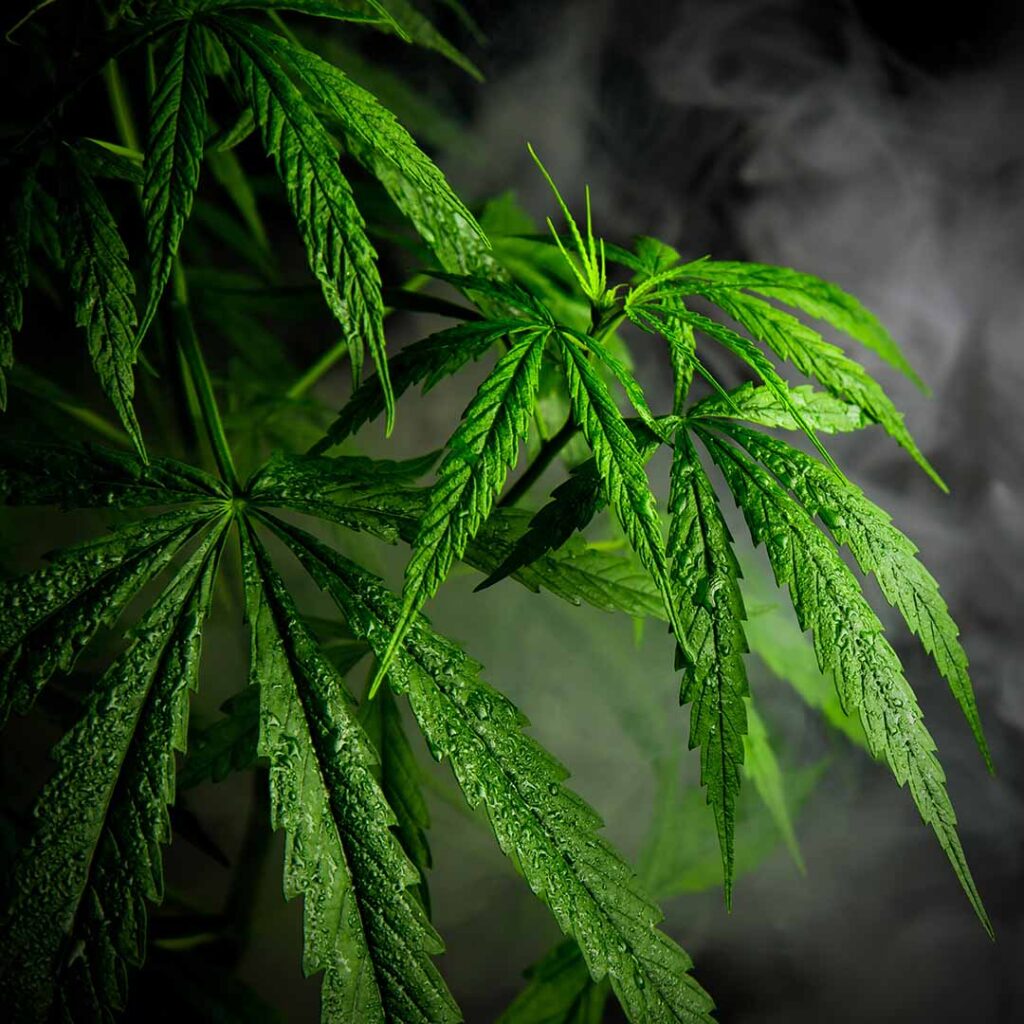THC Percentage Vs. Terpene Profile
How potent is your cannabis? What will get you higher, a strain of marijuana with a lofty THC percentage or one with the right terpene profile?
Contrary to what many might believe, answering these questions might not be as simple as looking at the THC percentage listed on the label of your favorite cannabis flower or product.
Why? Here are a few reasons.

THC Percentage May Not Tell the Whole Story
Although there are a few major testing procedures that are common across the cannabis industry, specific testing requirements can vary by state. That means different testing facilities can test their cannabis flower and products differently. Second, just because two strains of cannabis have similar THC percentages it does not mean it will impact two different people the same. One person could experience mild effects, while the other experiences potent effects.
How is this possible?
It may come down to terpenes, cannabinoids and our endocannabinoid system (ECS). But, before we get that, let’s take a look at the role THC plays in the overall cannabis experience.
What is THC?
Tetrahydrocannabinol (THC) is the psychoactive compound found within the cannabis plant. In simple terms, THC is the active compound known to provide users with increased feelings of euphoria.
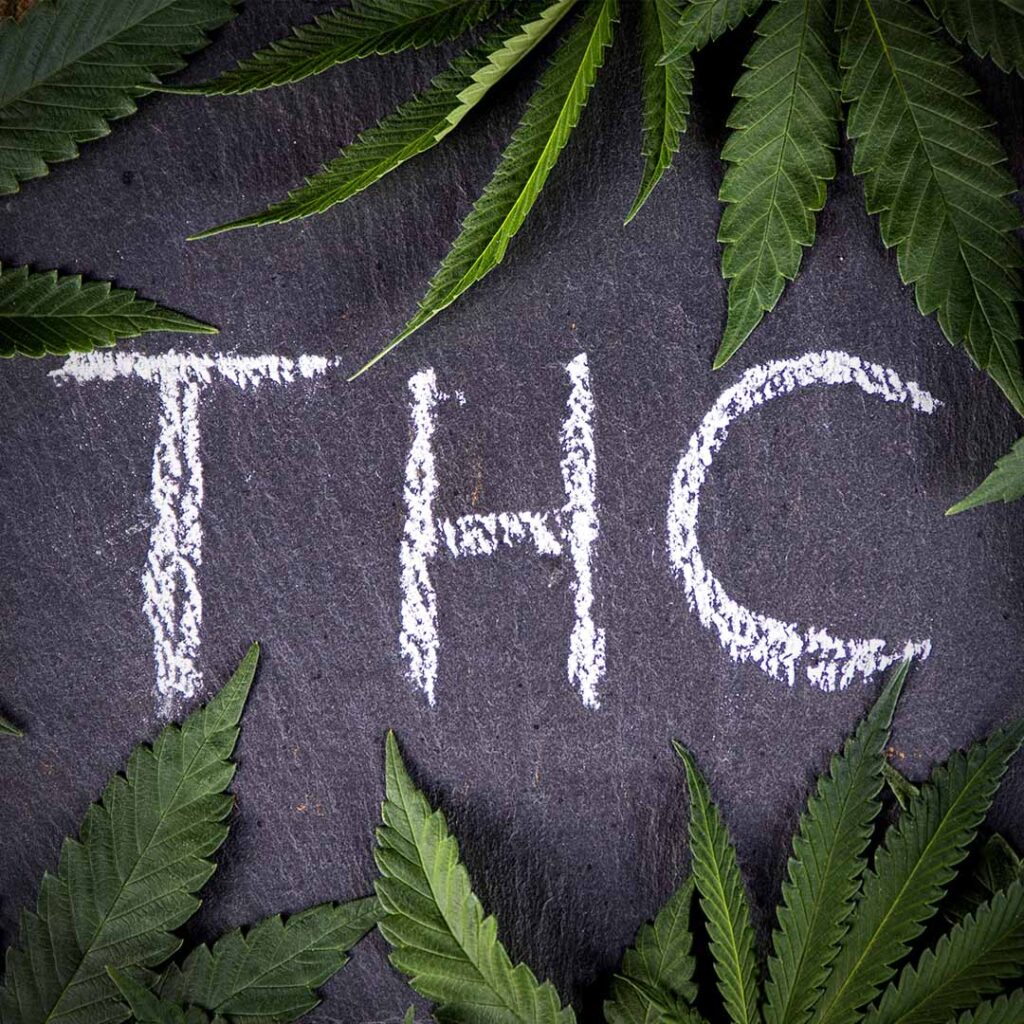
THC is just one of more than 100 different cannabinoids that have been identified in the cannabis plant. Another well-known cannabinoid is cannabidiol (CBD).
How Long Does It Take for THC to Get You High?
When you smoke or vape your cannabis flower, you’ll most likely feel the effects within a few minutes. That’s because the THC is able to be quickly absorbed by your lungs and can enter your bloodstream fairly quickly.
With edibles, it can take much longer. The THC in your edible must be processed by your liver before it can enter your bloodstream. This process will be different for all and can take anywhere between 20 minutes to a couple of hours.
What Does THC Percentage Mean?
THC percentage is a measurement that identifies how much THC can be found in your cannabis flower or products. Let’s say a strain of cannabis flower has 15% THC. That means 15% of the weight of the flower is made up of THC. In other words, one gram of flower would have about 150 mg of THC.
THC’s Role In the Potency of Your Weed
A common misconception is that the potency of cannabis can be determined exclusively by looking at the THC percentage. Although THC percentage is an important element in determining the potency of marijuana, it may not tell you the whole story about how a certain strain will affect you.

Plus, just because a certain strain may have a higher percentage of THC, that does not mean it will provide you with more potent effects, compared to low-THC strain.
In fact, a study conducted by researchers at the University of Colorado Boulder found that higher levels of THC do not necessarily equate to more potent effects.
The study looked at 121 cannabis users. One group of participants were given THC concentrates ranging between 70% to 90% THC. Others were given cannabis flower with THC that ranged from 16% to 24%.
Although those who consumed the high-potency concentrates experienced much higher levels of THC in their blood plasma than those given cannabis flower, both experienced similar levels of impairment.1
The lead author of the study, Professor Bidwell from the Institute of Cognitive Science at the University of Colorado Boulder said: “Surprisingly, we found that potency did not track with intoxication levels. While we saw striking differences in blood levels between the two groups, they were similarly impaired.”2
What all this means is that just because a certain strain might have twice as much THC as another, it does not necessarily mean it will be twice as strong.
There’s A Lot More to Cannabis than Just THC
So, if THC percentage alone does not tell you the whole story about the potency of your cannabis, what does? Many believe that it comes down to the cannabinoids and terpene profile found within each strain of cannabis.
What Are Cannabinoids?
Cannabinoids are naturally occurring compounds found within the cannabis plant. One of the most well-known cannabinoids is delta-9-tetrahydrocannabinol (THC) which is the main psychoactive ingredient in cannabis.
Cannabidiol (CBD) is another well-known cannabinoid. Unlike THC, however, CBD is not psychoactive and has become known for its potential health benefits.

Want more insight on the correlation between CBD and THC?
Learn more about the potential benefits of CBD Oil with THC.
How Cannabinoids Can Influence Health Benefits
In addition to THC and CBD, there are over 100 cannabinoids identified in cannabis. And although THC and CBD are two of the most abundant and well-known cannabinoids, it is believed that other lesser-known cannabinoids can also have health benefits.
In fact, a study conducted by the University of British Columbia (UBC) Okanagan seems to indicate that cannabinoids can have a lot more to do with potential effects than THC percentage.
Elizabeth Mudge, a doctoral student, who worked with Professor Susan Murch, a professor of chemistry at UBC Okanagan, and Paula Brown, Research Chair in Phytoanalytics at the British Columbia Institute of Technology – examined the cannabinoid profile of 33 different strains of cannabis.
Are Cannabinoids Responsible for Specific Effects?
The UBC Okanagan study found that all of the strains tested had nearly identical THC and CBD percentages. Instead, the study seemed to indicate that it’s the cannabinoids found in each strain of cannabis that could be responsible for its specific effects and medical benefits. The study also discovered 20 previously unknown cannabinoids.

It’s important to realize that these findings do not mean that different strains of cannabis provide the same medicinal benefits and effects. Instead, the study’s results indicate that lesser-known cannabinoids could play a more significant role in determining a strain’s effects and medicinal potential than THC percentage.
Elizabeth Mudge stated: “A high abundance compound in a plant, such as THC or CBD, isn’t necessarily responsible for the unique medicinal effects of certain strains. Understanding the presence of low abundance cannabinoids could provide valuable information to the medical cannabis community.”
Professor Susan Murch stated: “This research is a first step towards establishing an alternative approach to classifying medical cannabis and providing consumers with better information.”3
Now that we better understand the role cannabinoids can play in determining the potential effects of your cannabis, let’s take a look at another important piece of the puzzle – terpenes.
What are Terpenes?
Terpenes are aromatic compounds that are naturally produced in plants and herbs like jasmine, rosemary, lavender, and cannabis. In nature, terpenes help to protect plants from animal grazing and infectious germs. They also help to attract pollinators.
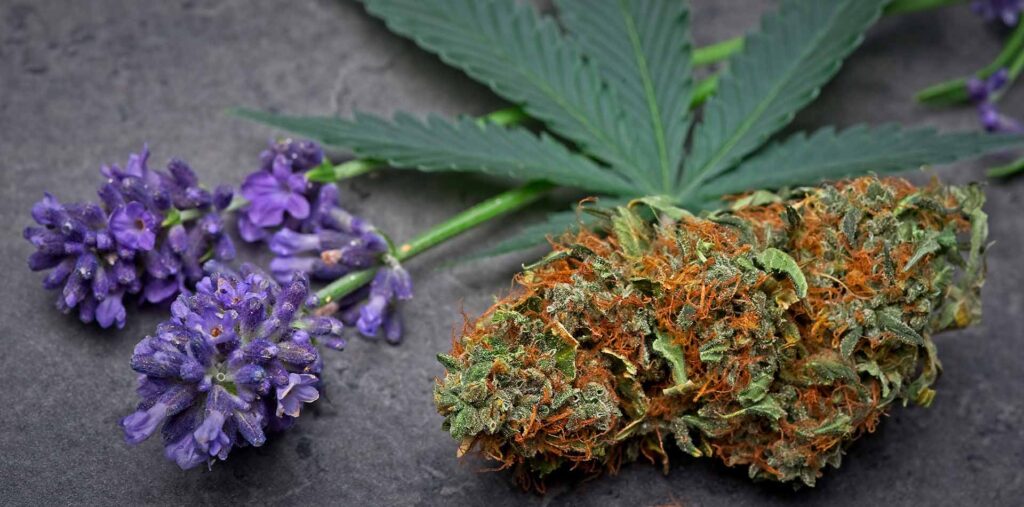
Terpenes are what give each strain of cannabis its unique scent. Terpenes are bioactive and depending on their concentration and how a person uses them, can offer potential health benefits that can include being anti-inflammatory, gastroprotective, anticonvulsive, or antiviral.
Terpenes and the Entourage Effect
In addition to their potential health benefits, terpenes play an important role in helping to create a synergetic effect known as The Entourage Effect–which can provide each person with a unique and more complete cannabis experience.
It’s believed that when terpenes work together with cannabinoids in cannabis – it can result in enhanced effects that are greater than what can be achieved with THC alone. Essentially, the entourage effect provides a cannabis experience that is greater than the sum of its parts.
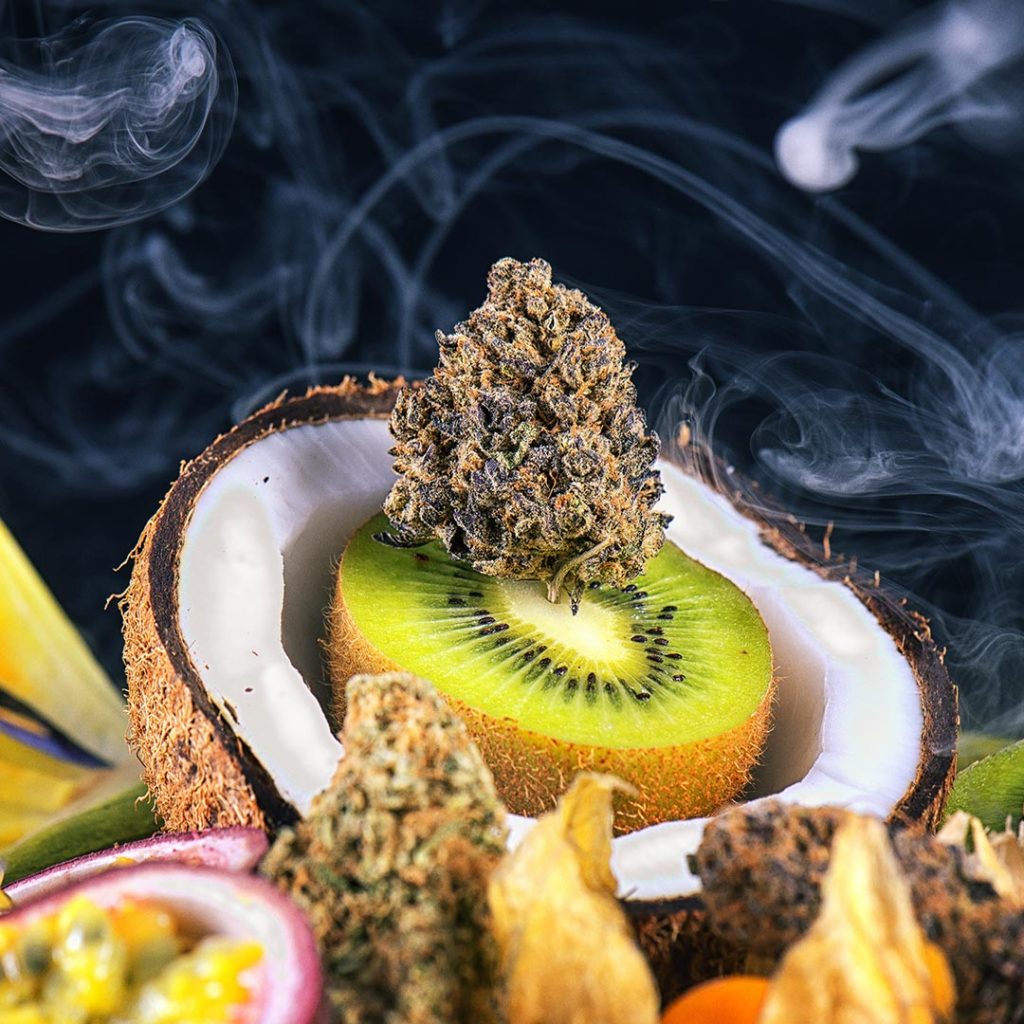
Learn more about the benefits of Terpenes and the Entourage Effect.
The way the terpenes and cannabinoids in cannabis interact will be different for all. That’s because we all have a unique endocannabinoid system. This is why it’s possible for cannabis strains with similar THC percentages to affect two people differently. And it all may come down to our Endocannabinoid system.
The Endocannabinoid System
Most people are surprised to hear that we all have cannabinoids that occur naturally within our bodies called endogenous cannabinoids, or endocannabinoids.
These endocannabinoids are part of a communications system known as the endocannabinoid system (ECS). The ECS helps to regulate important functions like sleep, mood, appetite, memory, reproduction, and fertility.
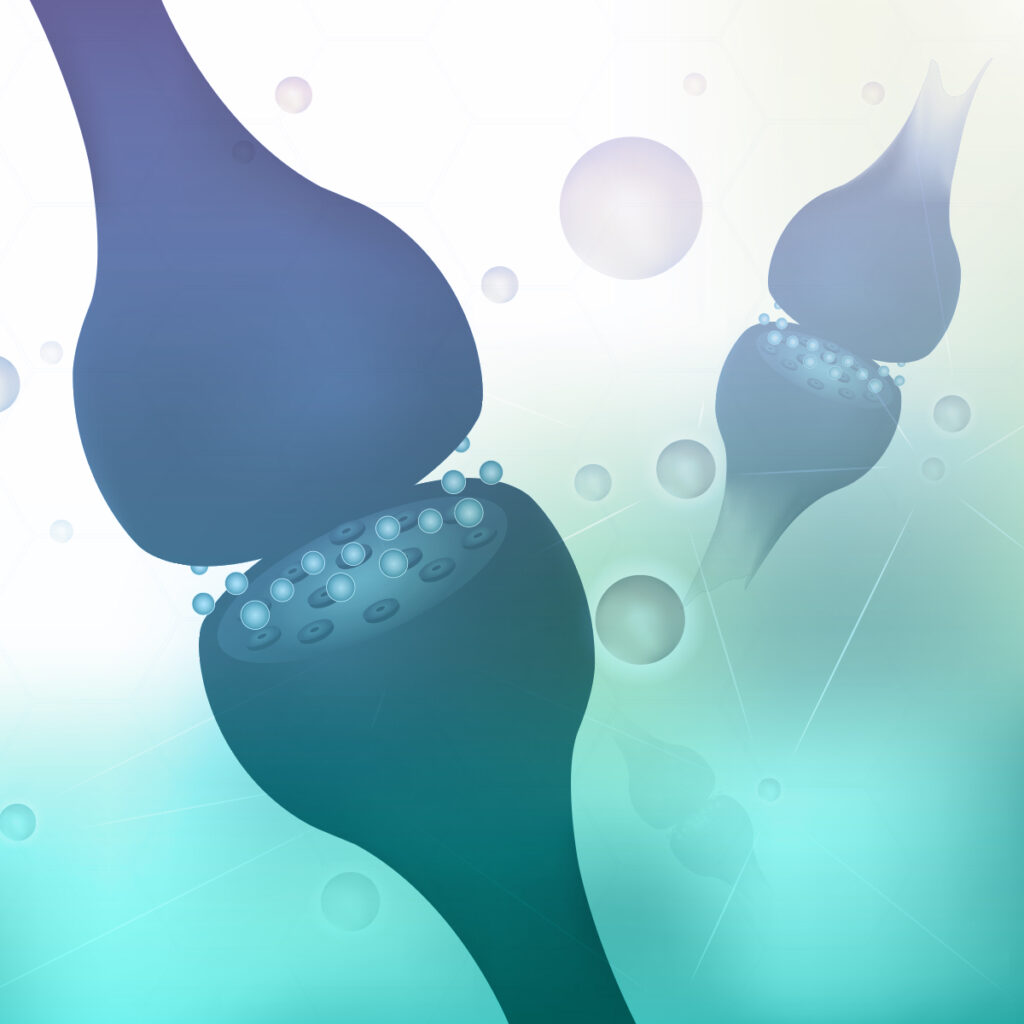
Identifying the Right Terpene Profiles for You
Just like most things related to cannabis, everyone’s ECS is unique. Certain terpenes found in one strain might be favorable to one person while the same cannabinoids and terpenes may not be so great for another.
This is why it is possible that a strain of cannabis with a lower THC % but the right terpene profile for your endocannabinoid system, can provide more potent effects than a strain with higher THC percentage, but the wrong terpene profile for you.
Ready to Fine Tune Your Approach to Cannabis?
Bloom Works with Brands Like Wondergrove Cannabis and Field Trip Flower to Bring You The Best in THC and Terpenes!
Everyone’s experience with cannabis will vary. Instead of focusing on strain type or THC percentage, it can be just as important to identify the right balance of cannabinoids and terpenes that work best for you.
Doing so could help to unlock your body’s natural healing power. That’s why Bloom would like to offer you the opportunity to schedule a free patient consultation.
During this one-on-one consultation, our patient care specialist will take the time to get to know you, your qualifying conditions, any medications you might be taking, your activity level, and any specific effects you are looking to experience or avoid.
By doing so, we can help you dial in the strains and consumption methods that are right for you.
Consultations are available by phone, in-person, or online.
Take the first step toward a better quality of life and schedule your free consultation today.
- Association of Naturalistic Administration of Cannabis Flower and Concentrates With Intoxication and Impairment | Psychiatry and Behavioral Health
- Marijuana concentrates sharply spike THC levels but don’t necessarily get users higher | CU Boulder Today
- THC amounts identical in most cannabis strains, UBC study finds


